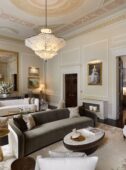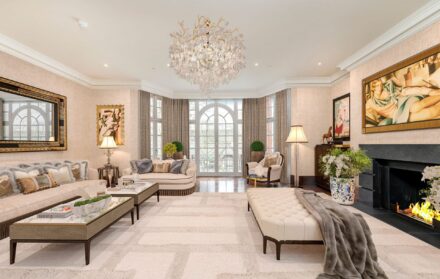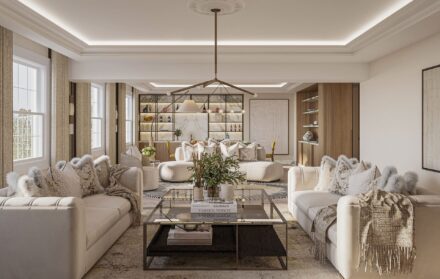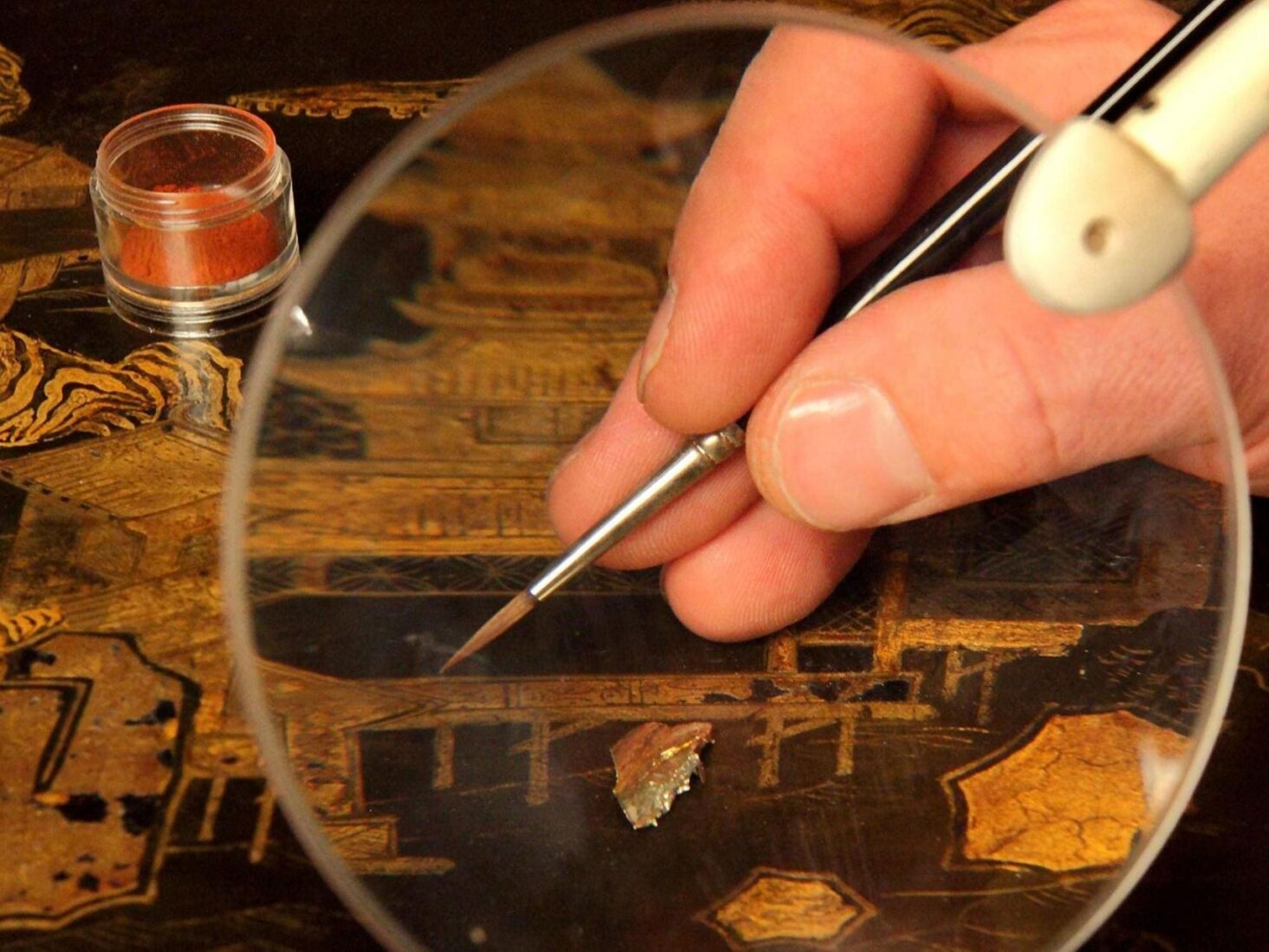
Inside Ronald Phillips’ Antique Furniture Workshop In Mayfair
Mayfair houses hidden treasures at every turn. On Bruton Street, 18th and 19th-century English antique furniture dealer Ronald Phillips has always had a restoration workshop its premises – but only those in the know will have
Three full-time restorers and an upholsterer – who also deals with antique coverings, needlework and tapestry – are based below its glass-fronted showroom. They might, painstakingly, work on just one piece for an entire month.
While most other dealers have workshops outside London, “the fact that we have it in-house means that we keep total control”, says owner Simon Phillips, son of founder Ronald. “One can go and see the progress five times a day if necessary. If there’s something going wrong, we can catch it within a matter of seconds.”
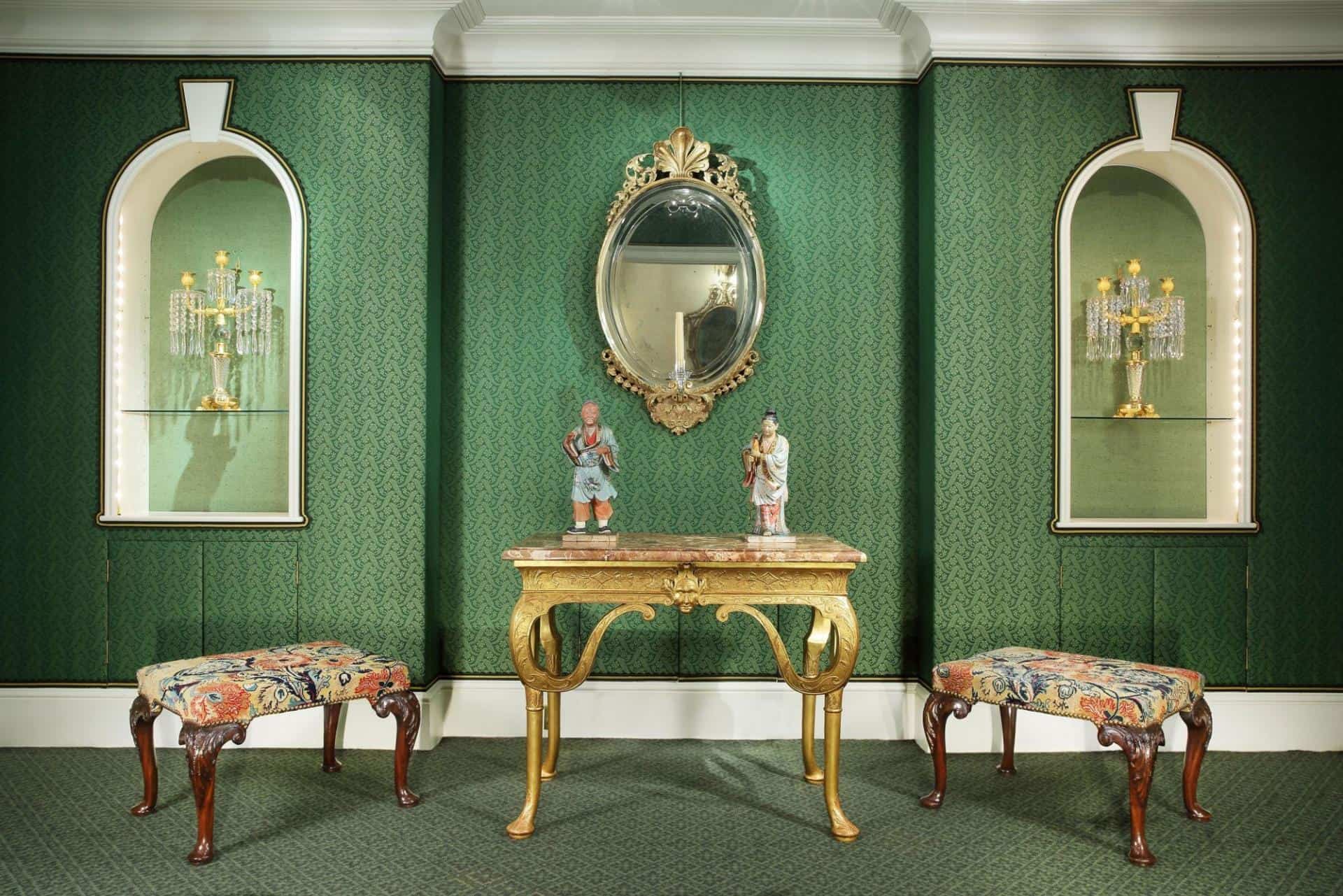
Thomas Lange is a trained cabinet maker and restorer who oversees the artistic side of the workshop. His passion started early on. As a child he collected pieces that were thrown away as rubbish, repaired them as best he could, then sold a few on. He trained as a cabinet maker for four years in Germany, where he was born, and came to study furniture restoration at the London College of Furniture. Lange worked for a number of dealers and restoration companies before joining Ronald Phillips, 21 years ago.
“The main thing is that we have control over the restoration process to make sure we retain the original as much as possible: not to embellish things, and to retain the colour and patination,” he says. This requires a great deal of research to begin with; Lange has an enviable library of resources on site. He gathers as much information as possible from books, the internet and the house that the piece has come from. Photographic evidence is a bonus.
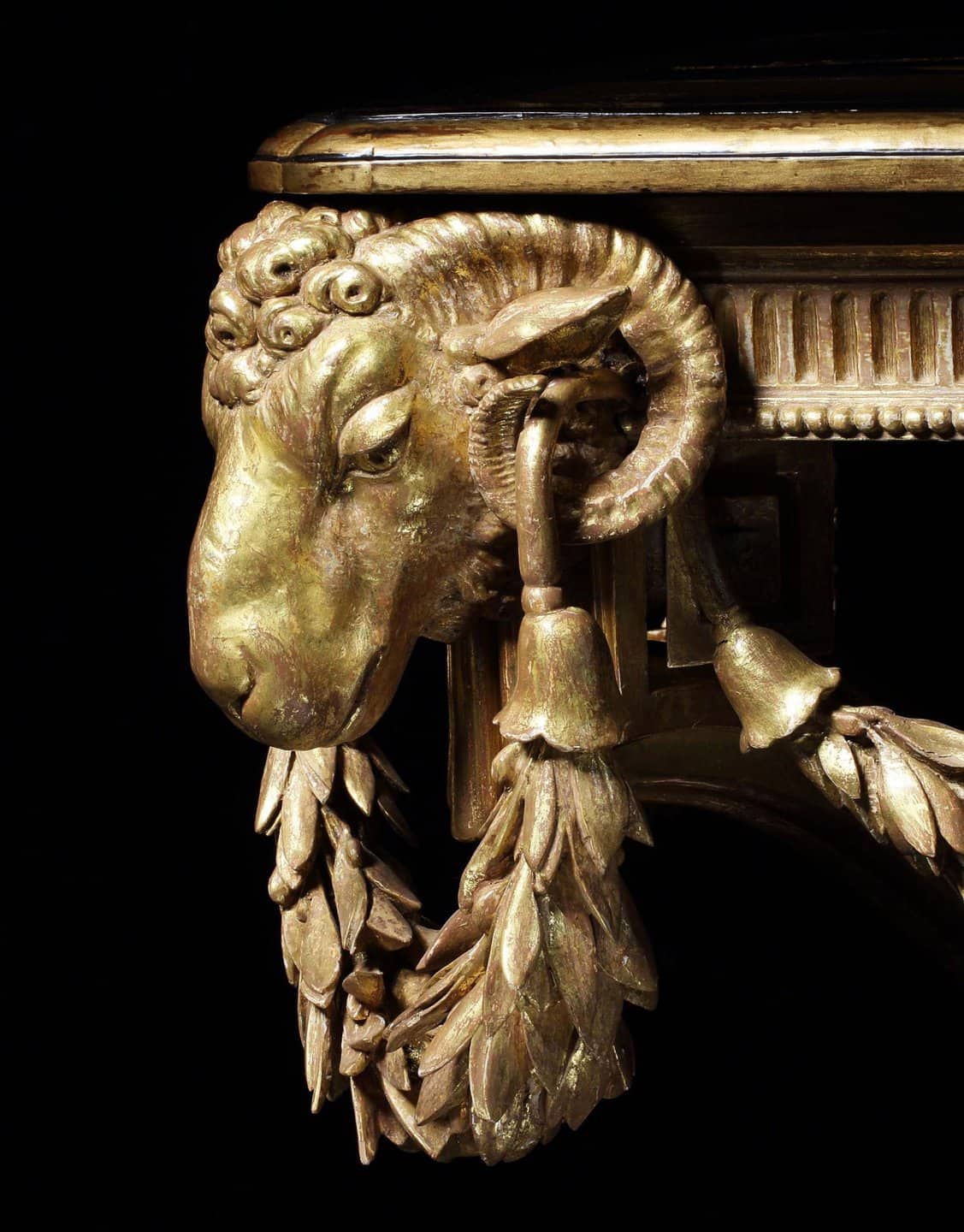
The workshop deals with cabinet making, woodwork and general repair. For gilding, paper or stone restoration, it employs specialists. “The benefit of having the workshop on site is that you have the expertise at hand,” says Lange, “so should something turn up that has a problem, we can deal with it straight away. We can also supervise the work here and make sure everything is done in the best possible way.”
Lange’s own favourites are, perhaps unsurprisingly, rare pieces. “We worked on a desk made by Chippendale, and as a cabinet maker you could read the handwriting of the maker – you can tune into the work. We could see that three different people worked on the same desk, because there were ever so slight differences in the drawer bottoms.”
Some pieces are harder to restore than others. One of the first projects Lange undertook at Ronald Phillips was a breakfast table that had gone to a good private home, but the maid decided to iron the tablecloth on the table itself. The wax finish – 250 years old – had been removed.
“It had gone from a nice mahogany colour to having a dark red patch,” Lange recalls. “Trying to bring that back and blend it in with the rest was a challenge. I spent probably a week on about a square foot.” The company concentrates on dealing in fine, functional pieces. “When people buy something they have to like it, but we also want it to be used. These things are sturdy pieces of furniture… although not for abusing like ironing on top of,” he jokes.
A prime example of Ronald Phillips’ broad-ranging expertise are a pair of George III giltwood consoles with Japanese lacquer tops from around 1650 (pictured far left and right). “They came up at a major sale in London a few years ago,” says Phillips. “Even though they hadn’t had a tough life, they were neglected and had not been touched for years.”
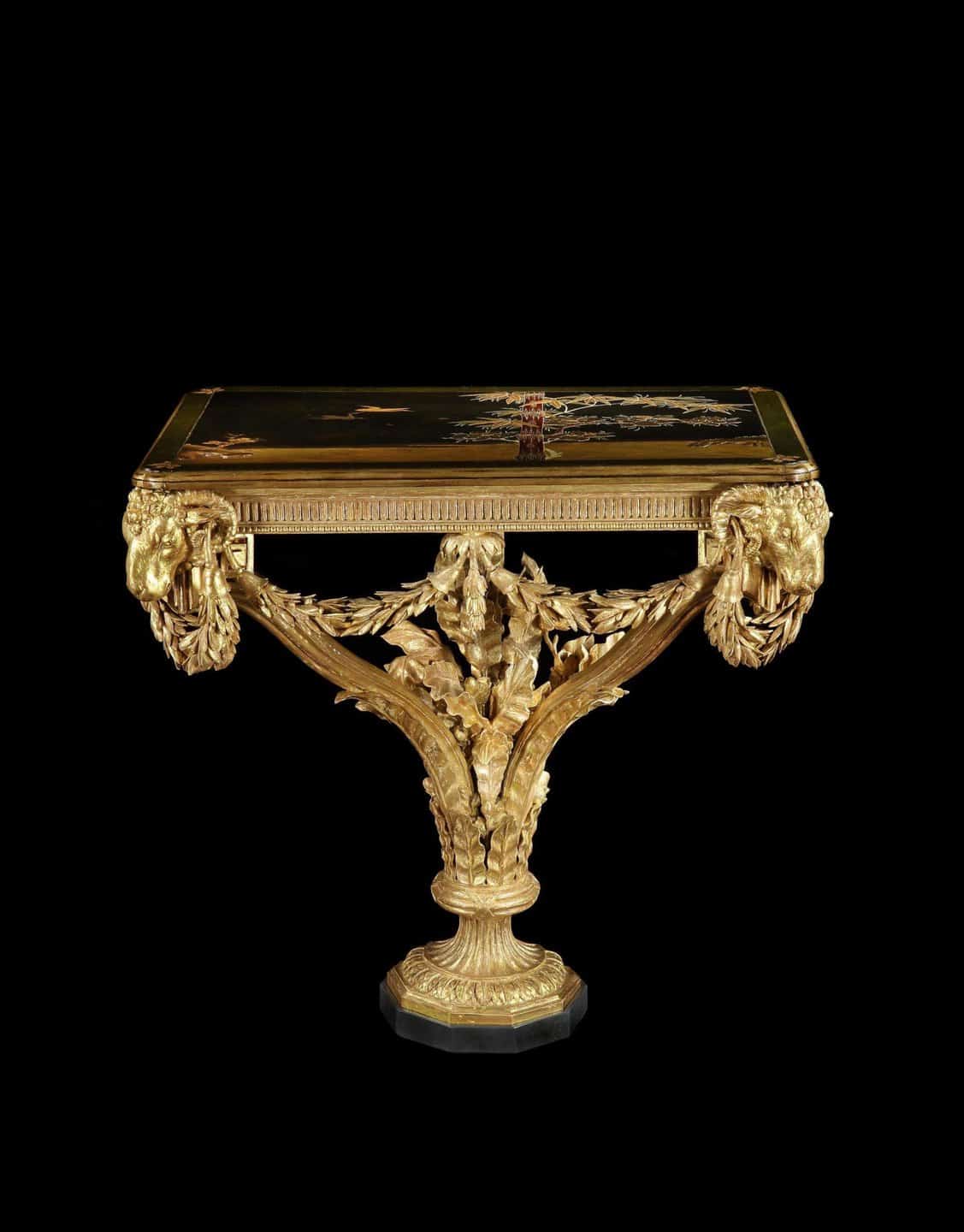
Over centuries, the intricate bases had been regilded, meaning that by the time they came to the workshop, several layers of gesso, gilding and paint had to be carefully removed by dry stripping, layer by layer, with a very small tool. The tops, meanwhile, were cleaned and the over-painting removed, which revealed the originals in full glory. The pair took about seven months to restore.
Some projects take the workshop more than a year to complete, with a variety of skills involved. The George III tables required a gilder and lacquer specialist for the tops, carvers for the bases and a metalworker to look after missing pieces. By invitation, Lange also regularly visits certain private collections for maintenance.
“We’re very proud that we have a following of serious collectors that come back to us,” he says. “My day is never the same; I’ve never had a repeat. Every piece of furniture is different, and that makes it very exciting.”
26 Bruton Street, W1J, www.ronaldphillipsantiques.com.


